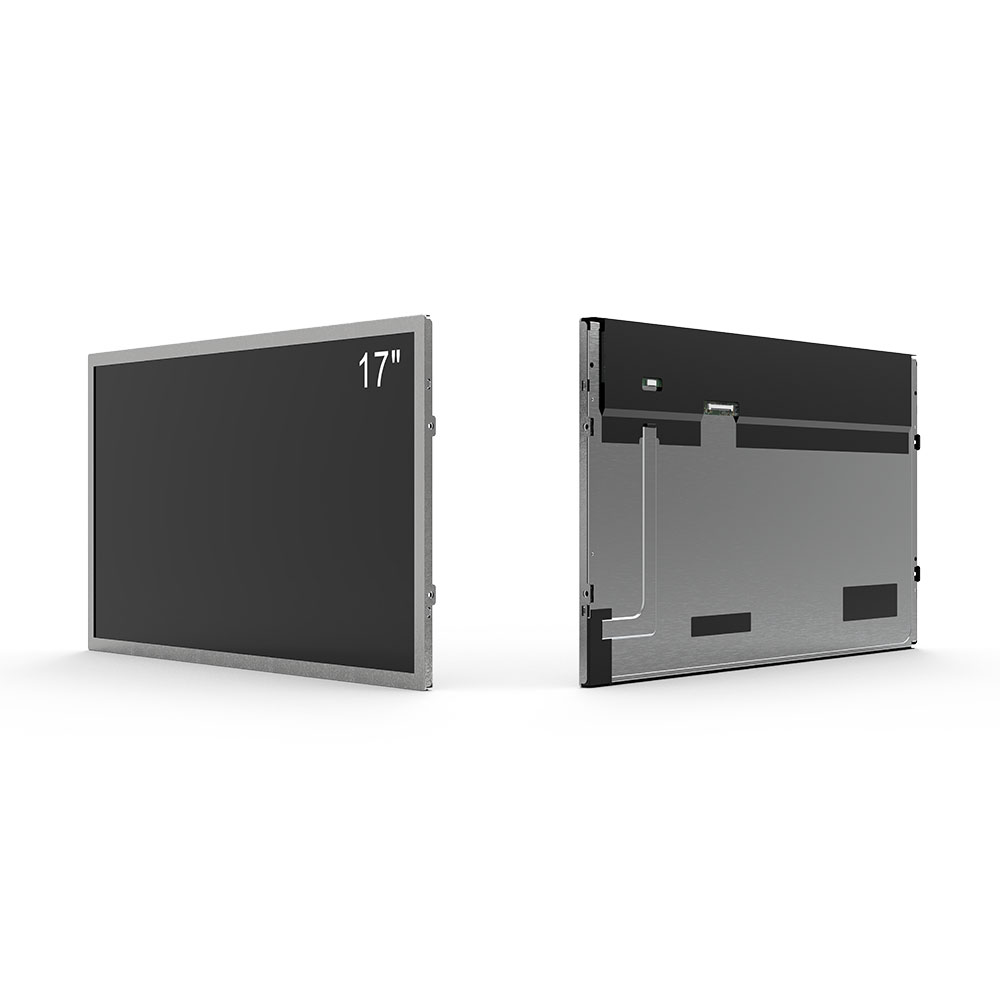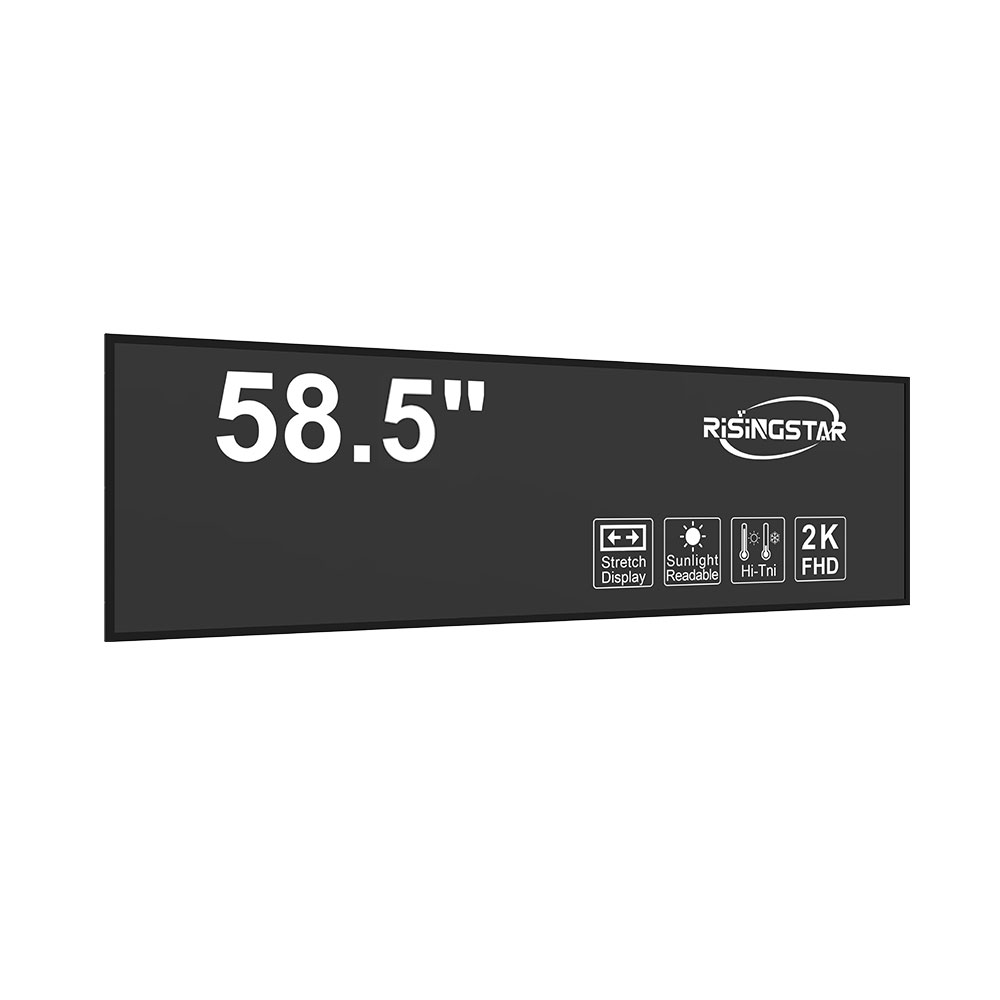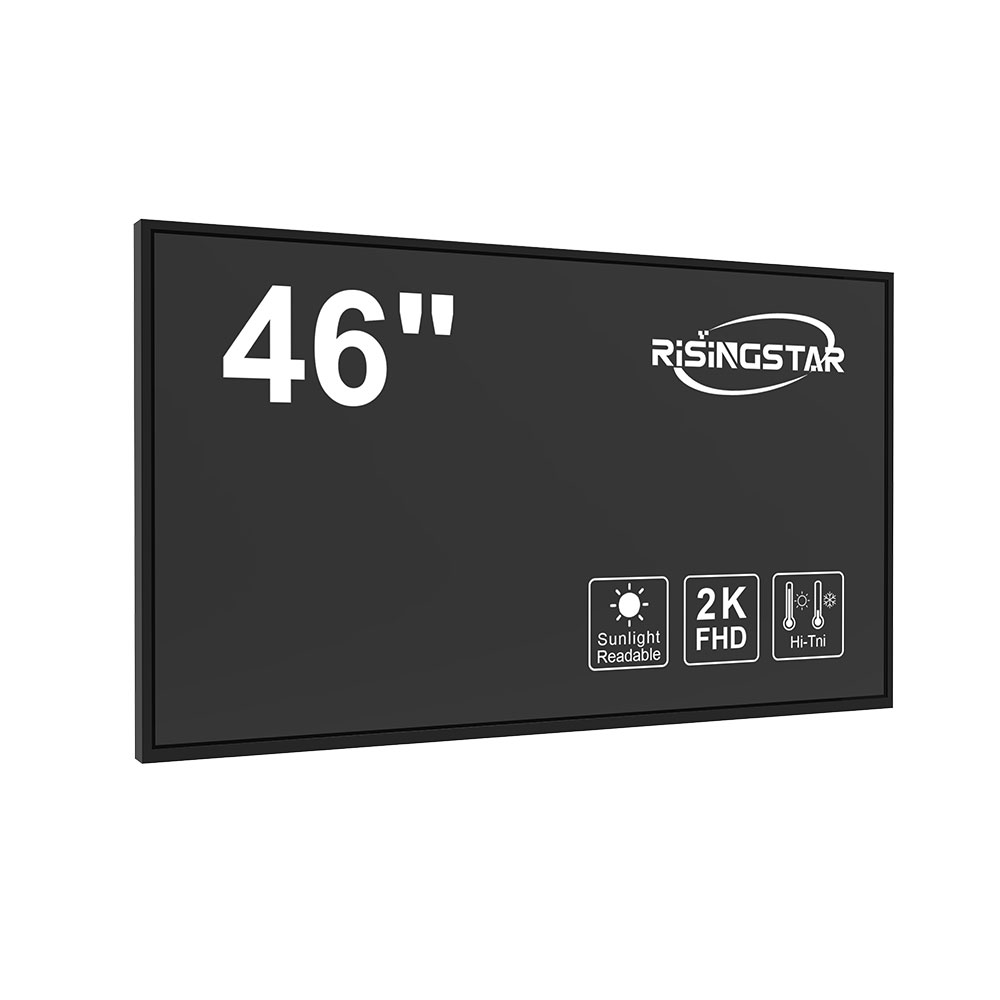- Home
- About Us
- Products
- News
- Video
- Contact
- Send Inquiry
Search
- Home
- About Us
- Products
- News
- Video
- Contact
- Send Inquiry

Outdoor LCD screens are critical for digital signage, transportation displays, retail advertising, and public information systems. Their performance directly impacts user engagement, safety, and operational efficiency in high-exposure environments. To ensure long-term reliability and optimal visibility under diverse weather conditions, manufacturers must adhere to strict durability standards and engineering best practices.
Environmental Resilience: IP65 and Above

One of the foundational requirements for outdoor LCDs is ingress protection (IP) rating. An IP65 rating ensures that the display is dust-tight and protected against water jets from any direction—essential for preventing internal component damage. Higher ratings like IP68 offer full submersion protection, making them ideal for marine or coastal applications. Industry data from the International Electrotechnical Commission (IEC) shows that 92% of outdoor LCD failures in the first year are due to moisture ingress, underscoring the need for rigorous sealing and material selection.
Brightness and Contrast Optimization
Outdoor LCDs must maintain visibility even under direct sunlight. A minimum brightness of 5,000 nits is now standard in professional-grade outdoor screens, compared to 300–500 nits for indoor units. High-brightness LEDs and advanced anti-glare coatings significantly improve readability during peak daylight hours. According to a 2023 study by the Society for Information Display (SID), displays with adaptive brightness control can reduce power consumption by up to 30% while maintaining consistent image quality.

Thermal Management Systems

Extreme temperatures—both hot and cold—can degrade screen performance and shorten lifespan. Industrial-grade outdoor LCDs use passive cooling systems such as heat sinks and thermal conductive materials, or active solutions like fans and Peltier modules. For example, a case study from Samsung’s outdoor signage division showed that screens with dual-fan cooling maintained stable operation across a -30°C to +60°C range without pixel degradation over 5 years.
Component Quality and Lifespan
The longevity of an outdoor LCD depends on premium components. LG and Samsung have led the industry in producing high-reliability LED backlights with a Mean Time Between Failures (MTBF) exceeding 100,000 hours. Additionally, using corrosion-resistant aluminum frames and UV-stabilized polycarbonate covers enhances structural integrity in salty or humid environments.
Compliance with Global Standards
To be certified for global deployment, outdoor LCDs must meet international norms such as EN 60068 (environmental testing), FCC Part 15 (electromagnetic compatibility), and ISO 14001 (environmental management). These certifications guarantee not only product robustness but also compliance with local regulations in markets like the EU, North America, and Asia-Pacific.
In summary, the success of outdoor LCD installations hinges on meticulous engineering across brightness, sealing, thermal design, component quality, and regulatory compliance. As smart cities and IoT-enabled signage grow, these standards will evolve—but their core principles remain essential for trusted, high-performance outdoor displays.